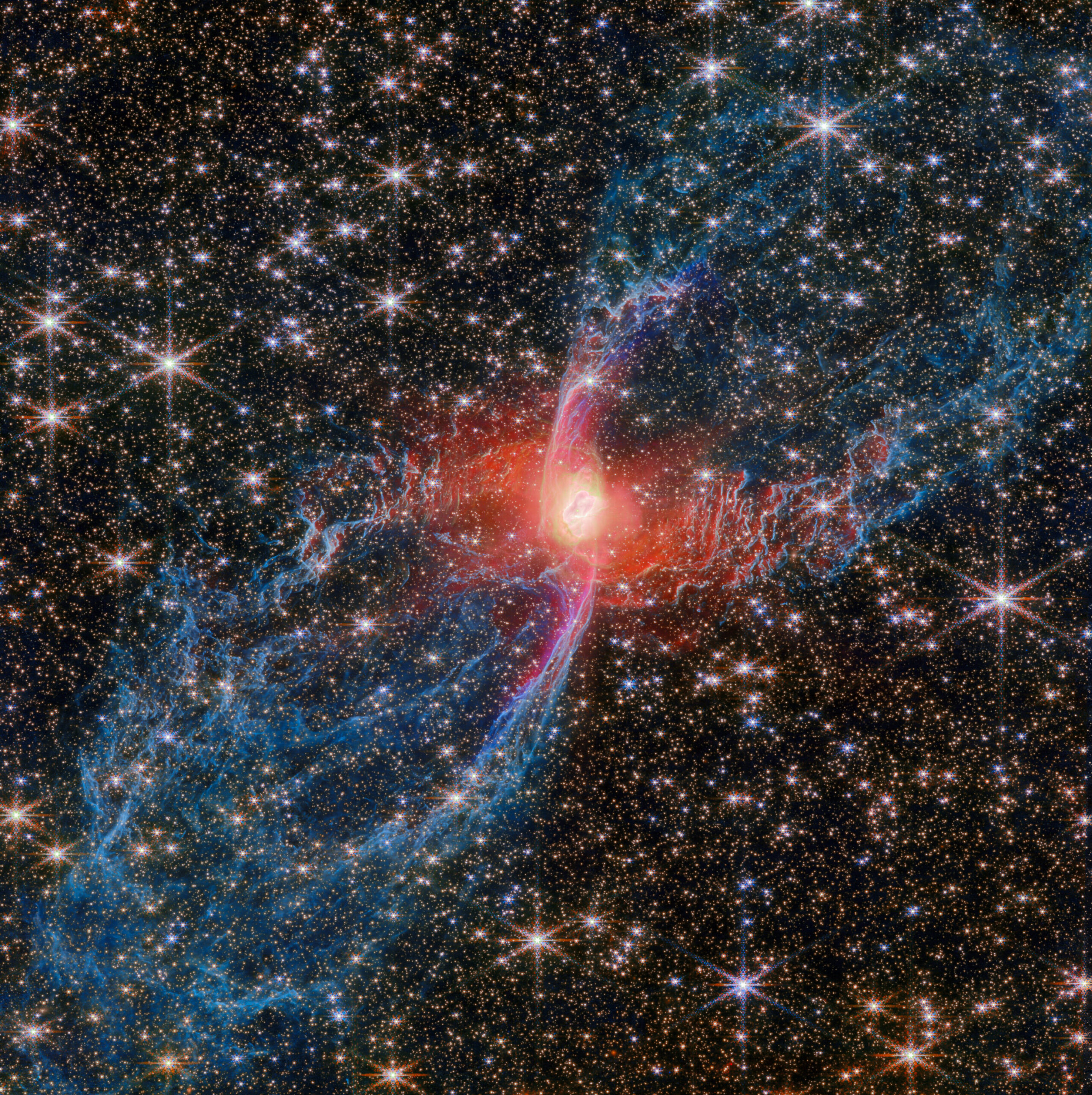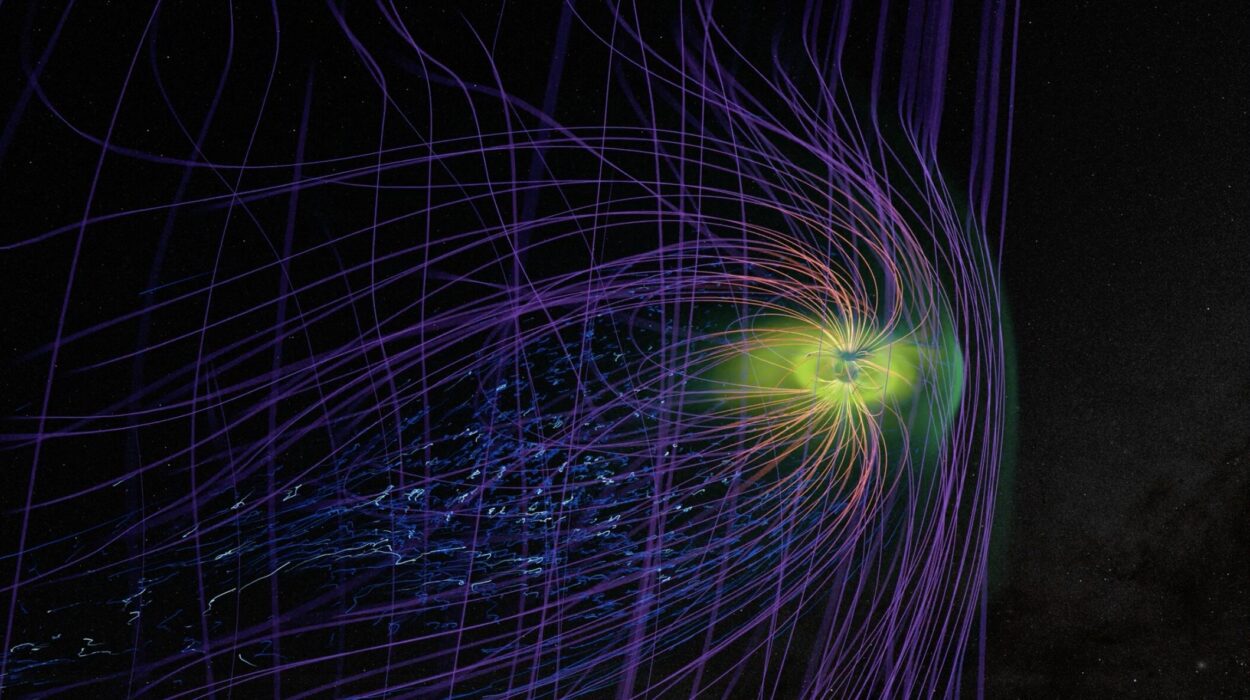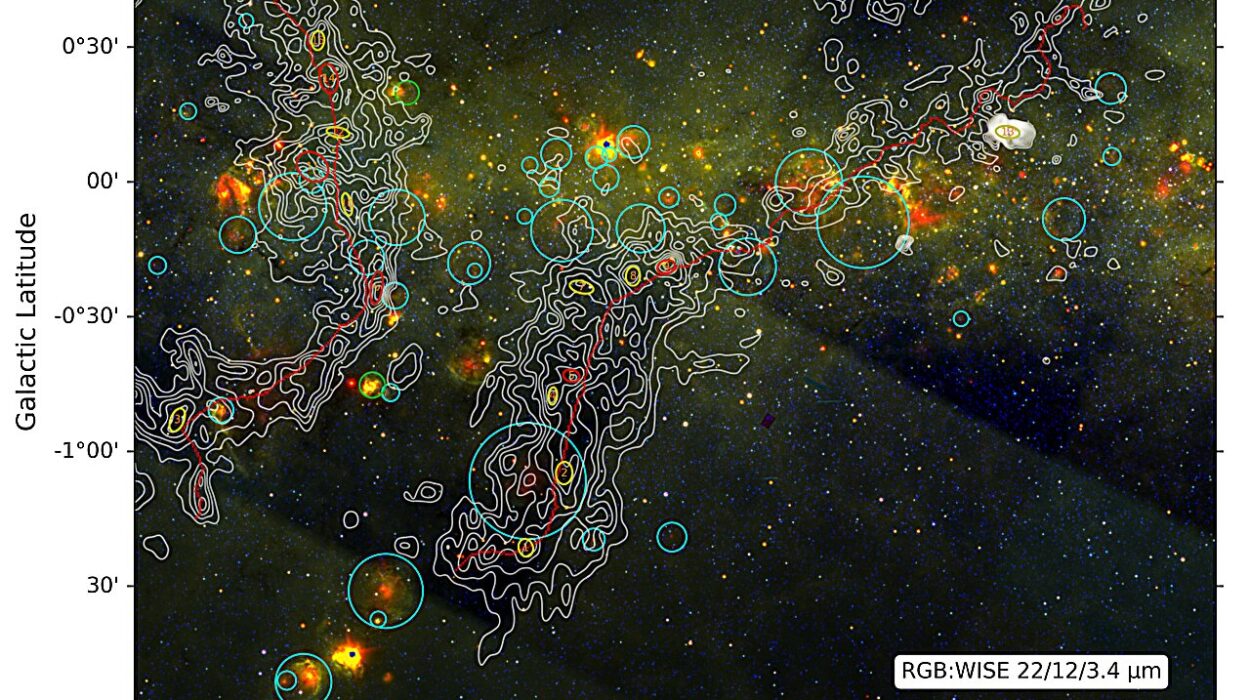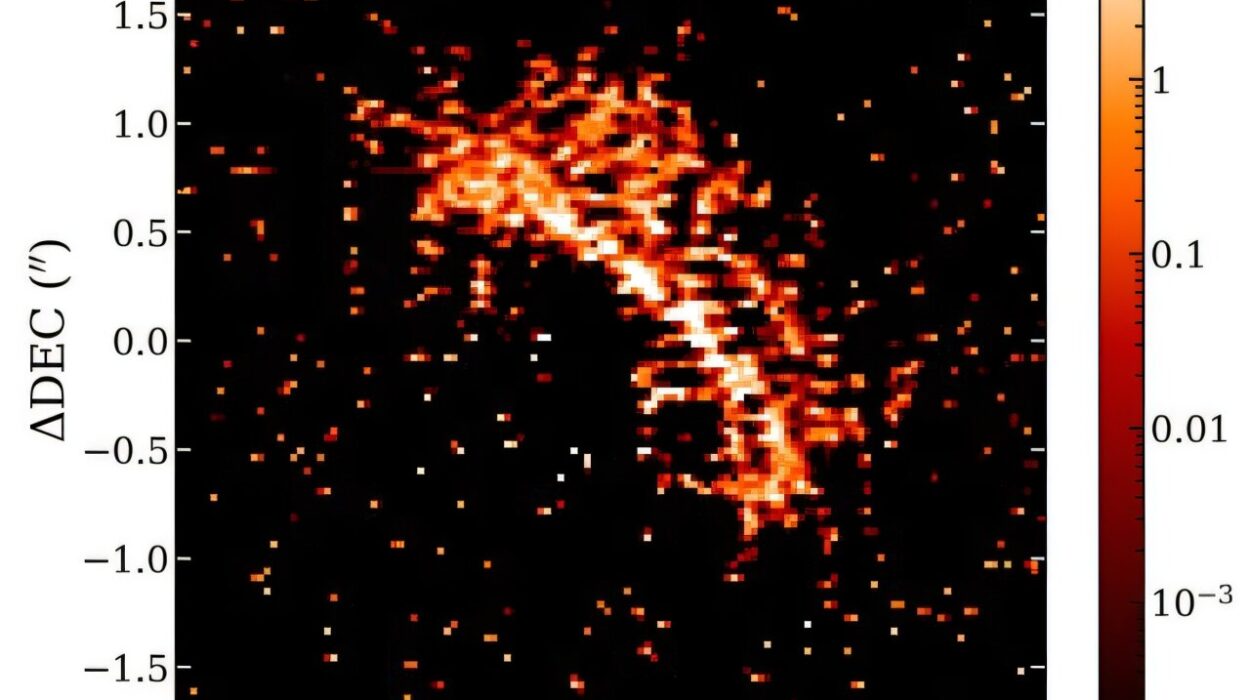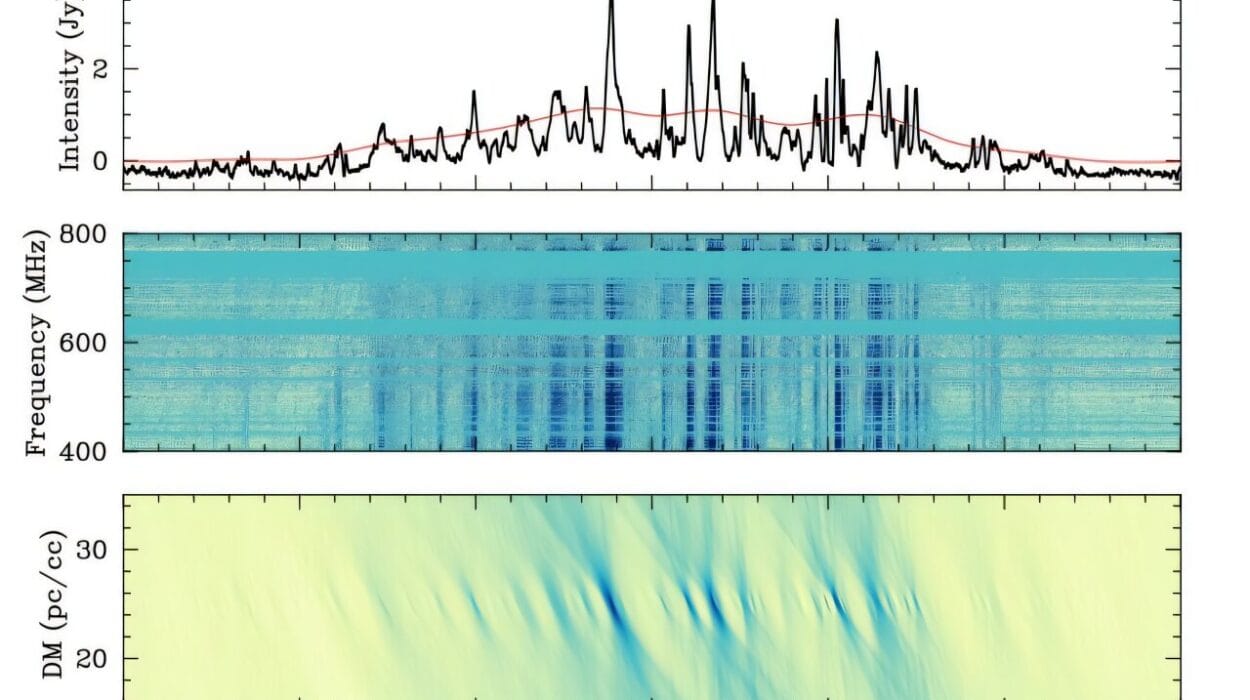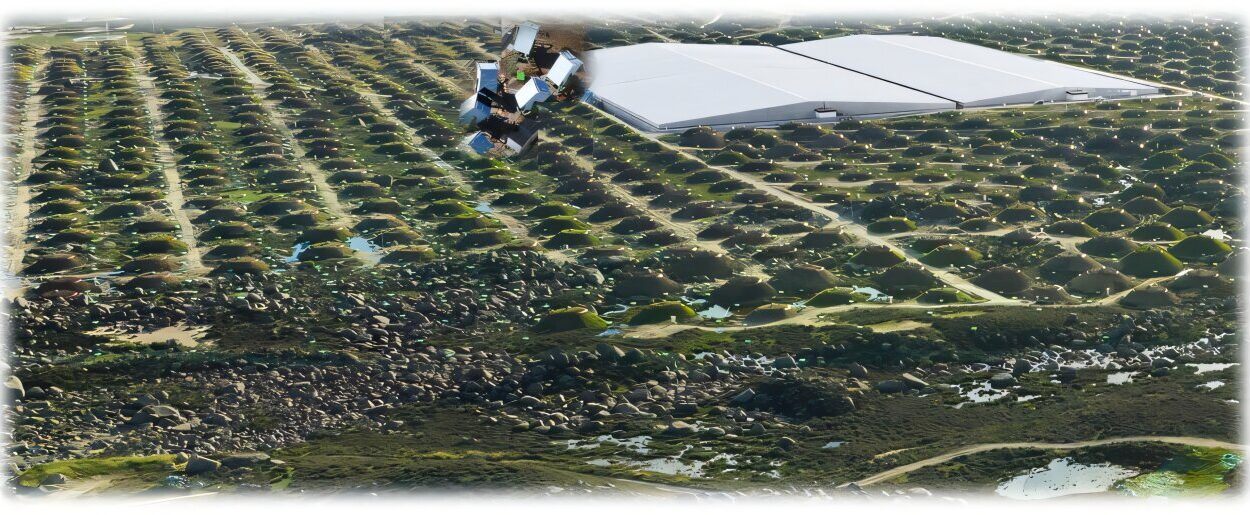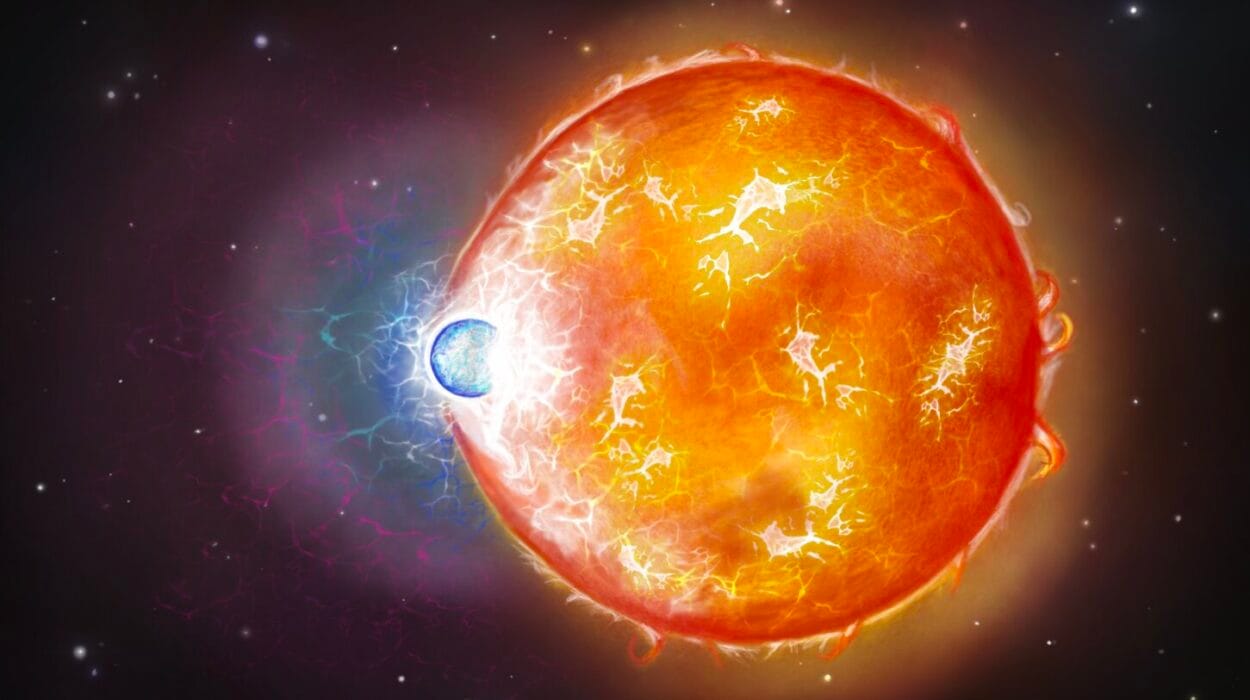High in the dark reaches of space, a star is dying beautifully. In the newest “Picture of the Month” from the James Webb Space Telescope — a joint mission of NASA, ESA, and CSA — astronomers have captured a startlingly detailed portrait of NGC 6537, better known as the Red Spider Nebula. Through Webb’s Near-Infrared Camera (NIRCam), the nebula no longer appears as an abstract smear of color but as a complex, sculpted relic of stellar death, wrapped in haze and ringed by thousands of distant background stars, like an illuminated fossil suspended in eternity.
Planetary nebulae such as the Red Spider are not planets at all; they are the final act of sun-like stars. After billions of years of quiet fusion, these stars swell into red giants and begin to shed their outer layers into space. Their bright cores — soon to become white dwarfs — pour out ultraviolet radiation that ignites the expelled material, making it glow like a cosmic lantern. The spectacle is brief by astronomical standards, lasting only tens of thousands of years, the blink of an eye in the life of a galaxy.
Seeing a Dying Star with New Eyes
At the heart of the nebula lies the star that made it — a fierce, boiling ember of stellar collapse. Webb reveals it shining with a clarity never achieved before. In images taken at visible wavelengths, such as those from Hubble, the star appears faint and ghostly blue. Through Webb’s infrared view, it glows red, not because it is cool, but because the telescope has detected a previously invisible veil of hot dust orbiting close to the star. That dust likely forms a tight disk, a sculptor’s tool that helps control the shape of the nebula’s expanding gas.
Although Webb sees only one star, astronomers suspect a hidden companion — perhaps a dim white dwarf — nestled alongside it. The nebula’s hourglass-like symmetry, narrow at the center and ballooning outward, is a calling card of paired stars interacting gravitationally. Systems like the Butterfly Nebula exhibit similar shapes carved by binary dances.
The Spider’s Legs: Bubbles of Light and Memory
The image’s most dramatic feature is the set of long blue lobes that look like the spider’s legs stretched into space. These lobes are not thin streamers but sealed, bubble-like chambers inflated by gas flowing out from the nebula’s core. Each bubble extends roughly three light-years across — about 30 trillion kilometers — and they fill Webb’s frame end to end. The blue color traces light from H₂ molecules, simple hydrogen pairs that glow when shocked or energized.
The fact that the lobes appear closed reveals something about the history of the star’s death: the material did not disperse randomly, but rather collected and stabilized into coherent shells over thousands of years. Each bubble is a time capsule, archiving a phase of the star’s unraveling.
Jets, Collisions, and Cosmic Surgery
Closer to the center, Webb detects something even more violent — a narrow, twisting jet carving its way out through older gas. In the infrared, this jet appears as a purple S-shaped filament, highlighted by light from ionized iron atoms. Such jets are high-speed streams of material launched from near the central star — possibly slingshotted by a disk or by the gravitational influence of a second star. As they plow into previously ejected gas, they shred and ripple it, sculpting the intricate web-like structures that inspired the nebula’s arachnid name.
This is not a static monument. The nebula is still being shaped — a slow-motion act of destruction and artistry that will ultimately fade when the gas disperses into interstellar space.
A Beautiful Ending Written in Light
What Webb is showing us in the Red Spider Nebula is the moment between life and disappearance: the instant when a star that once burned like our Sun spends its last energy illuminating its own remains. That light will travel for millennia and be seen by instruments that did not exist when the star began to die. Beyond its beauty, the nebula teaches astronomers how stars enrich the cosmos by recycling carbon, oxygen, and metals into the galactic medium — material that will one day form new stars, planets, and perhaps living beings.
In that sense, the Red Spider Nebula is not only an ending but a gift. It is a preview of our own sun’s distant fate and a reminder that in the universe, even death is generative. Stars do not simply vanish; they pass their atoms forward. Webb has not just photographed a nebula — it has captured a quiet cosmic confession: that every luminous life leaves something behind.
